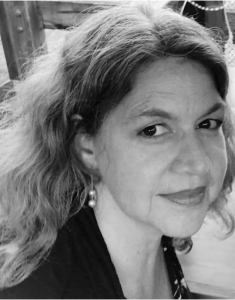 Quick Facts
Quick Facts
Favorite word?
Cellar door
Favorite place to write?
A cabin on the beach, alone.
Oxford Comma, or no?
Yes!
Martha Easton, Ph.D.
Assistant Professor of Art History
___________________________________________________________________________________
SJU Writes: What is your favorite part of the writing process?
ME: Coming up with an idea to write about.
SJU Writes: What is your least favorite part of the process?
ME: The first draft.
SJU Writes: When you are confronted with a writing task, how do you approach it?
ME: I often work things out in my mind before I put them on paper.
SJU Writes: What is your revision process like? Do you revise you’re writing, or after you complete a draft?
ME: I kind of do both. If [my ideas] are flowing, I’ll just write. But, if I notice something right away that doesn’t make me happy, or that what I’m writing makes more sense somewhere else, I’ll revise as I go.
SJU Writes: Do you like revising?
ME: I don’t enjoy it, but I realize that it’s necessary. I think I don’t enjoy it because I know that something doesn’t make sense or doesn’t sound right and I could say it in a better way.
SJU Writes: What advice do you have for students learning to write in art history?
ME: Writing in art history is really like writing in any discipline. You need to write clearly. You need to have an argument. You need to demonstrate what you’re saying. The writing skills for art history are universal in terms of clarity, organization, and telling a story that’s interesting. If it’s not engaging to your audience, it’s kind of a meaningless process.
—Natalie Nguyen ’22
